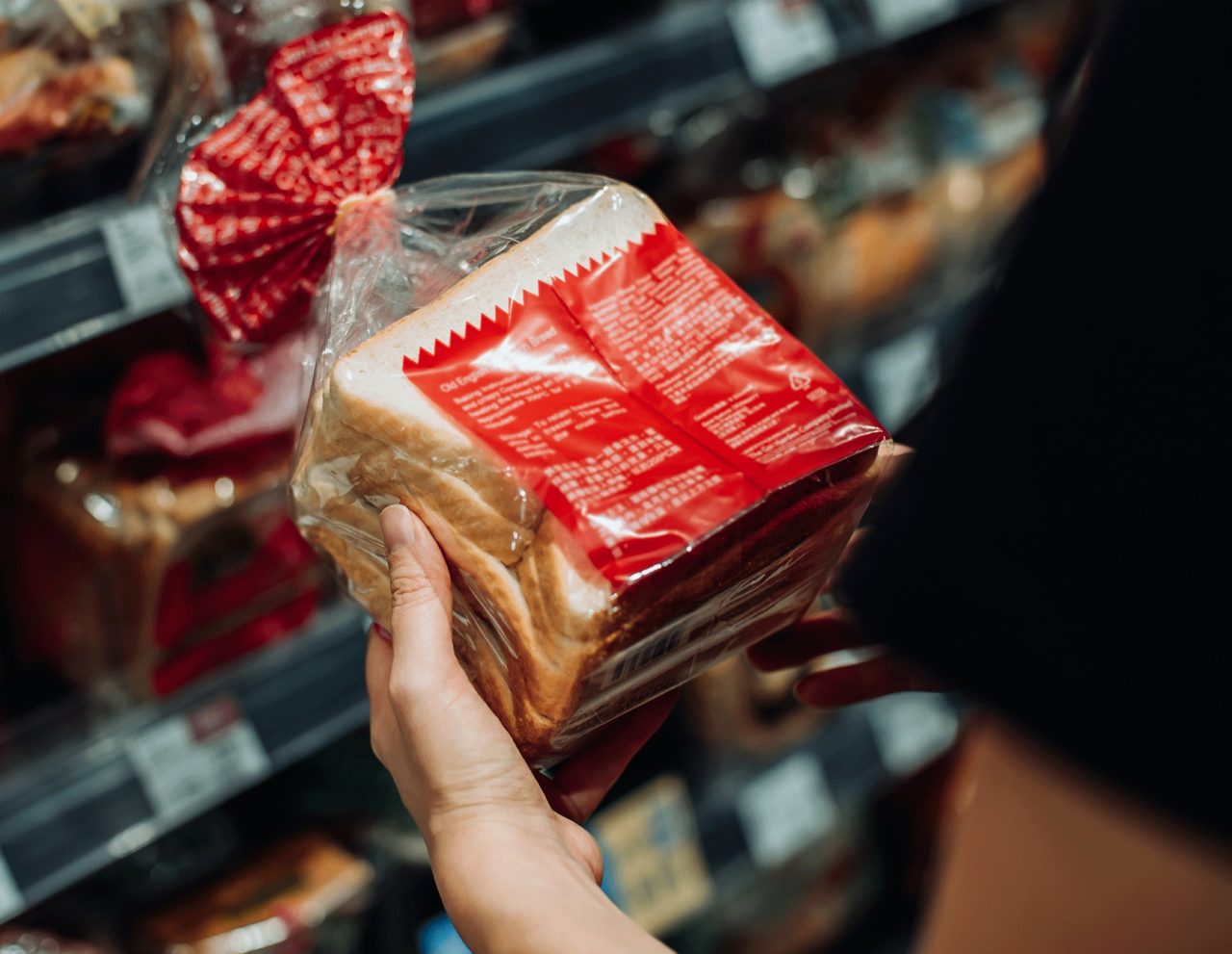What Does “Natural Flavor” Mean?

“Natural flavor” is a common and sometimes misleading food labeling term. Here’s how to make sense of the term and what you can do find healthy, natural foods.
Food labels don’t always say what they mean — or mean what they say.
“Trans-fat-free” foods can still contain up to 0.5 grams of these unhealthy fats per serving. “No added sugar” doesn’t mean sugar-free. “Multigrain” bread may or may not contain whole grains.
The term “natural flavor” is also somewhat confusing. While the idea of eating natural foods is appealing, according to an international survey of more than 85,000 consumers, the definition is so broad that figuring out whether a natural flavoring is healthy — or not — can be tricky.
YOU MIGHT ALSO LIKE: Eat Good Fats Instead of Fat-Free or Low-Fat Products
What is natural flavor?
According to the Food and Drug Administration (FDA), a natural flavor is any oil, essence, or extract derived from a plant or animal source, such as a fruit, vegetable, meat, or dairy product, that’s used to give food a particular taste or smell without adding any nutritional value. It differs from artificial flavors, which are made in a lab using chemicals like petroleum.
“Natural” doesn’t mean that the flavoring went straight from the source into the food. It would be far too expensive to source enough oranges, lemons, or grapes for flavorings, not to mention logistically challenging.
Instead, natural flavors undergo a process in a lab, whether they are distilled or fermented, before becoming an ingredient. Achieving the essence of a single flavor often involves combinations of many different flavorings, along with several other additives.
Manufacturers are still free to add preservatives, solvents, emulsifiers, and other ingredients you might not expect to find in naturally flavored products. Because many of these substances are used in tiny amounts, they may not always show up on the product’s label.
Organic products with natural flavorings are somewhat stricter. They can’t contain any artificial preservatives or solvents. That means products with an “organic” label cannot contain additives like polysorbate 80, benzoic acid, and propylene glycol.
Are natural flavorings healthier?
The “natural” in natural flavorings is more about marketing than health. Consumers perceive foods labeled “natural” as healthier, but that isn’t necessarily true.
Natural flavorings can have an almost identical chemical composition to artificial ones, according to Harvard University. A flavor’s origin story has nothing to do with how good it is for you.
Are natural flavorings safe?
The FDA monitors all food additives, including preservatives, colors, and flavors, to ensure they don’t cause negative health effects.
The Flavor and Extract Manufacturers Association of the United States (a food industry trade group) evaluates the safety of natural and artificial flavorings, according to federal guidelines and laws. Those that pass receive the status “generally recognized as safe” (or GRAS). It’s not a glowing endorsement, but it at least ensures the food isn’t likely to harm you.
Do natural flavorings cost more?
While naturally flavored foods may not be better for you than artificially flavored ones, they will almost certainly be more expensive. The extra time and processing involved in extracting natural flavors isn’t cheap. Manufacturers invariably pass those extra costs along to consumers.
What you can do
A naturally flavored food isn’t necessarily better for you than an artificially flavored one. Both may be processed and can contain unhealthy ingredients like sugar and saturated fat. While that doesn’t mean you should stop purchasing flavored products altogether, you should know what you’re getting when you do buy them.
If you are trying to eat more naturally, your best bet is to eat whole foods. Get your flavorings straight from the source — apples, cherries, oranges — instead of from a fruit-flavored cookie or breakfast pastry. And if you have any allergies or sensitivities to ingredients in foods, read labels carefully to make sure you know exactly what you’re eating.
Updated:
January 31, 2024
Reviewed By:
Janet O'Dell, RN